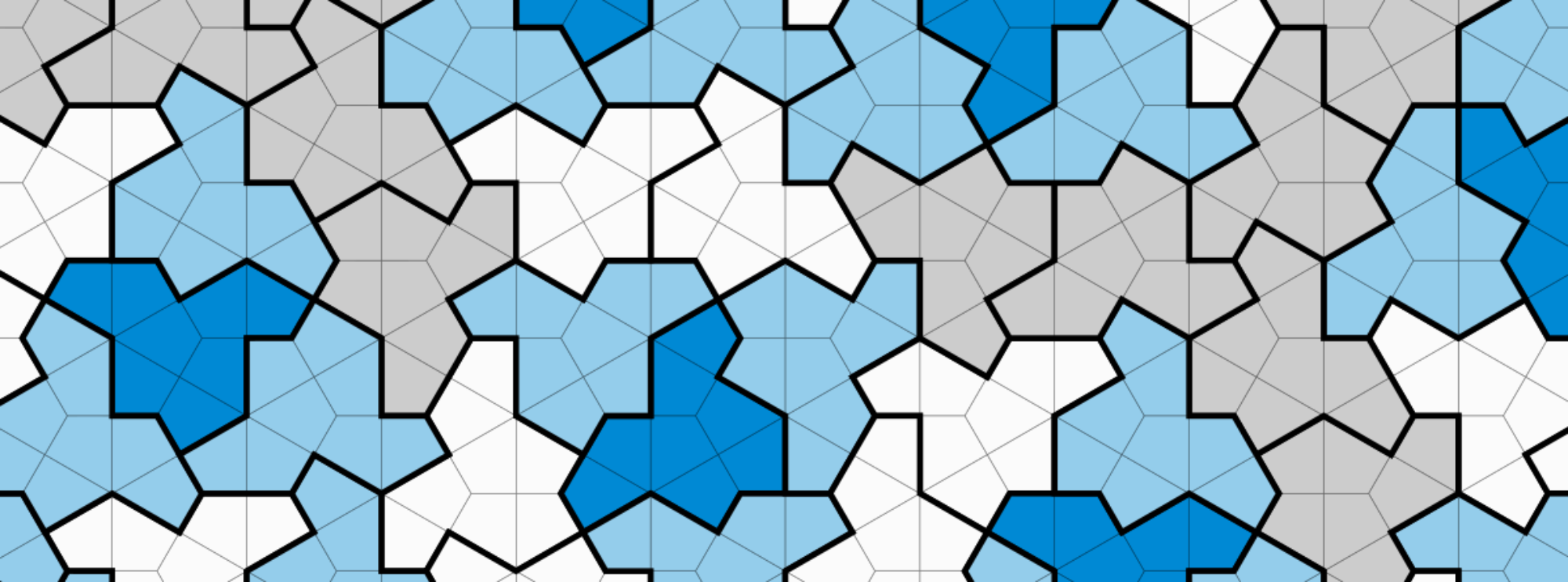One can find a limit of smooth functions which converge to the absolute value function which is not differentiable at $0$, as shown by the following image: As we can see as the limit goes to infinity the functions start to become rounder and rounder and so the minima converge to a cusp. This leads to an even more interesting question must the limit of continuous functions be continuous, it turns out that if these continuous functions converge *uniformly* then the answer is yes, but in general it is NO, as shown by the following example: This sequence of functions...
This is first in a series of blogs that aim to explain the very basics of group theory while capturing its essence. To understand groups one must first understand the notion of symmetries, a symmetry is a mapping from an object to itself that preserves some “structure”. For example lets take a regular polygon, and lets say that the structure a symmetry preserves is distances and angles. Then for a square the symmetries are: The identity mapping which maps every point in the square to itself. Anticlockwise rotations of $90,180, 270$ degrees Relfections about the two diagonals Reflections about the...
The aim of this blogpost is to prove that given $n$ points with distinct $x$ coordinates there is a unique polynomial function passing through all of them. Basically this polynomial is the (unique) polynomial of lowest degree that ‘fits’ given data. This theroem is known as the ‘Lagrange interpolation theorem’ in numerical analysis. From hence forth by a set of $n$-coordinate pairs we refer to a set indexed by $0,1,\cdots,n-1$, such that the $x$-coordinates of all tuples in the set are distinct. It is well know that given a set of $2$-coordinate pairs one can find a unique linear function(a...
